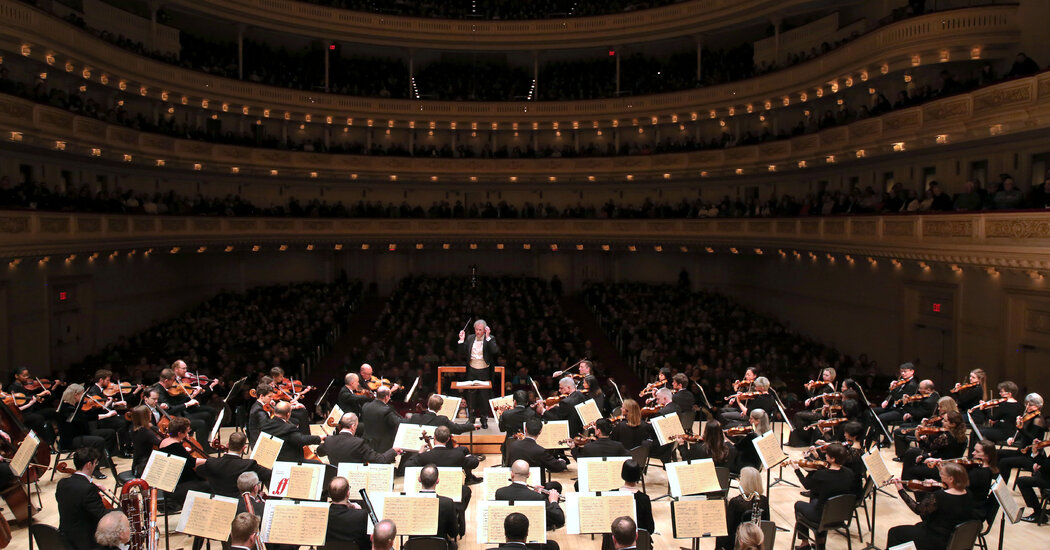Felicities abounded in the programming. The first concert paired Ernst Krenek’s “Little Symphony,” a Neo-Classical mishmash of Mozart and jazz, with the Adagio from Mahler’s unfinished 10th Symphony, whose score Krenek completed at the request of Mahler’s widow, Alma. The second concert juxtaposed two symphonies that utilize a theme-and-variations form, Prokofiev’s Second and Webern’s Op. 21. Both concerts ended with some drama, with the suite from Bartok’s ballet “The Miraculous Mandarin” and Prokofiev’s Fifth, which incorporates music from his stage works.
The concerts gestured at the historical context on either side of the Weimar era. Prokofiev’s Fifth represented a time when the composer was writing under Stalin’s totalitarian regime; the Mahler, the work of a turn-of-the-century composer whose legacy the Nazis tried to tarnish. As programming it felt subtly clever, cogent and complete, despite the tight focus.
The flip side of the Clevelanders’ general unflappability, which served them so well in Prokofiev’s ardent, piquant musical language, was a tendency to smooth out a work’s individuality. In the Mahler, Welser-Möst charted an unbroken, long-breathed line from the violas’ mysterious sadness and the violins’ soaring romanticism to the dissonant climax, in which the piece seems to implode with its own emotional cataclysm. But Mahler’s music is too multifaceted, too spiked with peculiar about-faces, for lyrical sameness.
A similar problem bedeviled the Bartok. Welser-Möst sanitized the sordid street scene that brings the curtain up, and the piece’s strong episodic structure, its constant lurching between sexuality and violence, weakened as vignettes blurred together. Trombone glissandos and trumpet blares were downright polite. As in the Mahler, the playing was tasteful to a fault.
The clarinetist Afendi Yusuf beautifully rendered the solos that represent a woman who lures men off the street to be robbed; Yusuf’s playing was reluctantly beckoning at first and then more fluid, confident and complicit.
An arrangement of Bartok’s Third String Quartet by Stanley Konopka, the orchestra’s assistant principal viola, worked better as a vehicle for theatrical expression. Konopka divided the ensemble into a double string orchestra and had them seated antiphonally on the stage. Some balance issues aside, it worked brilliantly well, teasing out the piece’s delicacy and aggression with an exciting, fruitful tension.
At both performances, there were no encores. Perhaps Welser-Möst and the Cleveland musicians had already said everything they wanted to say.


